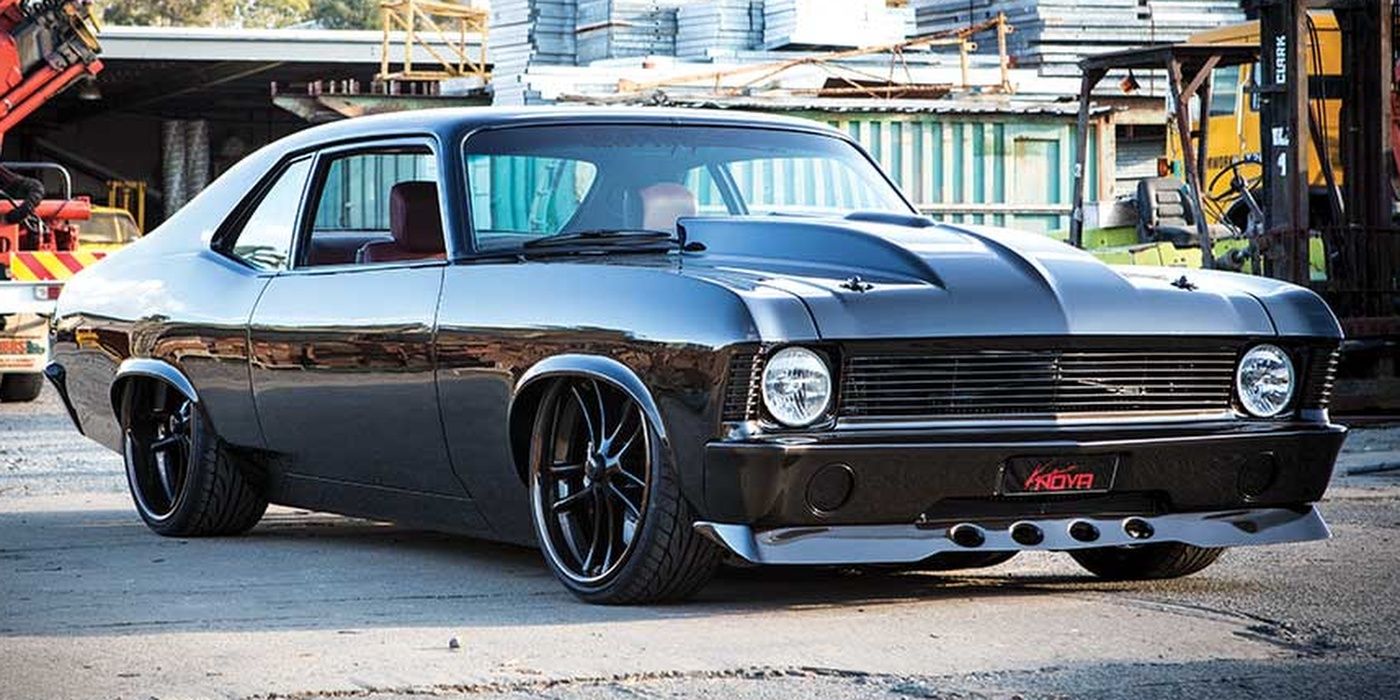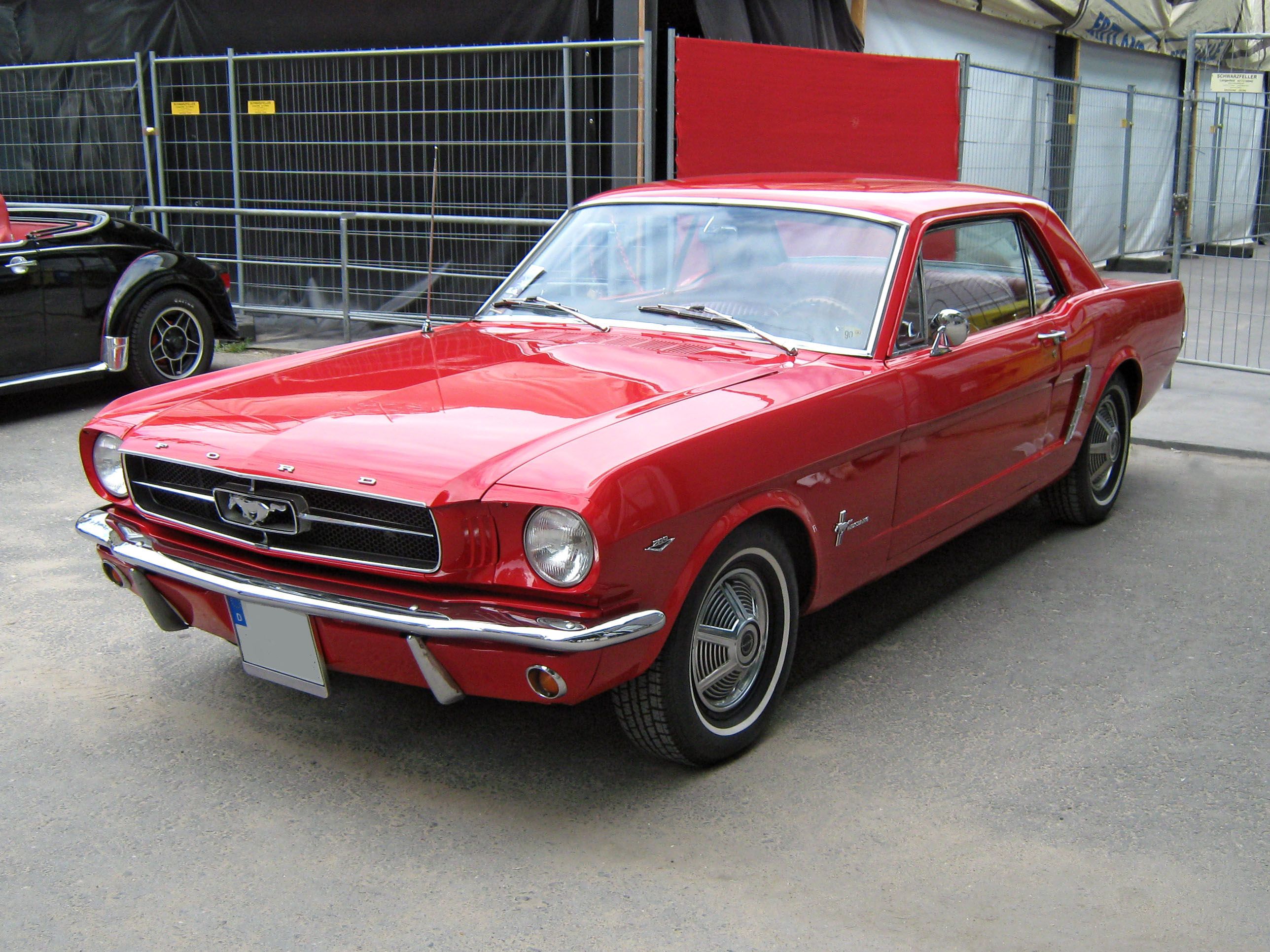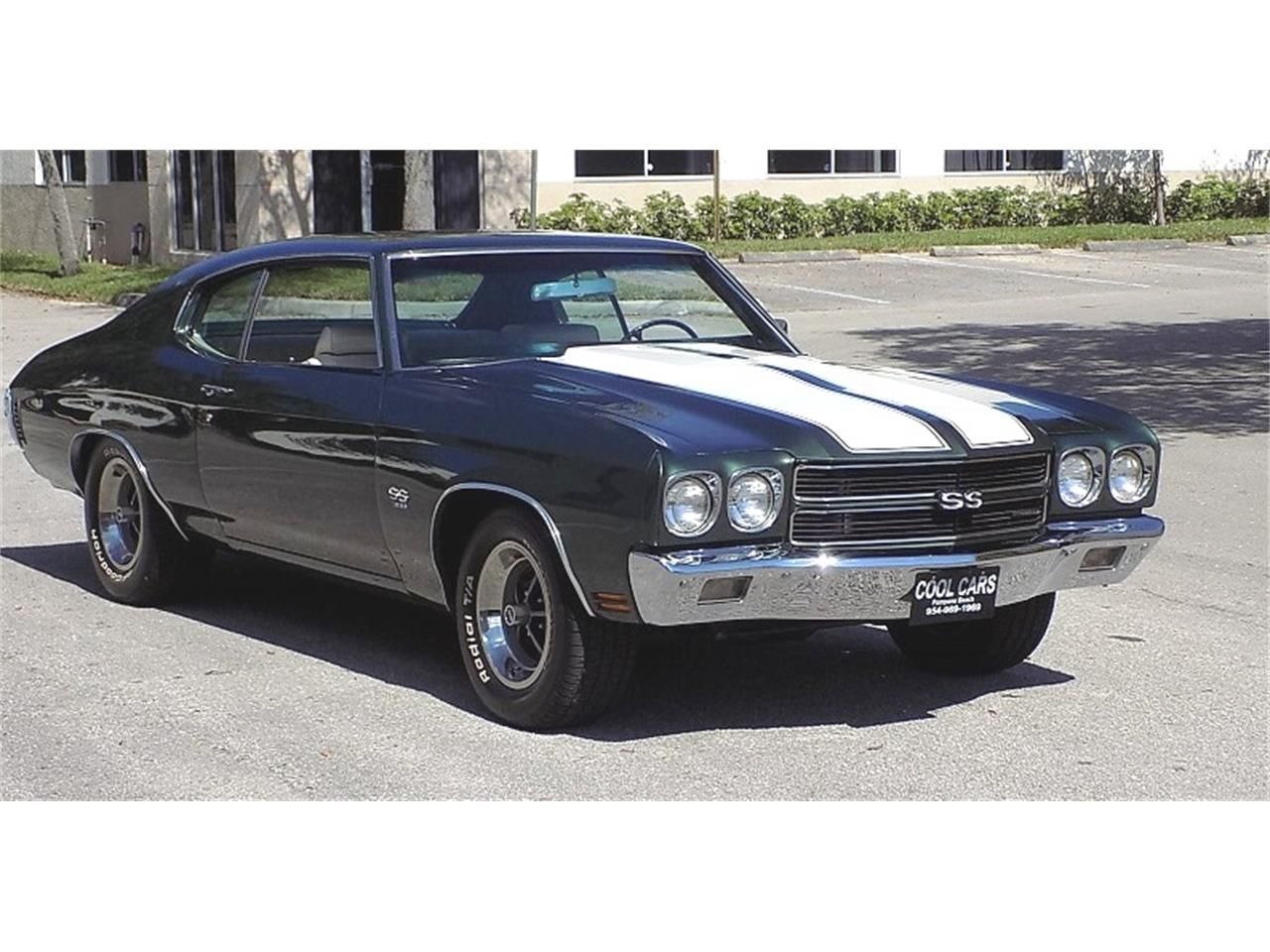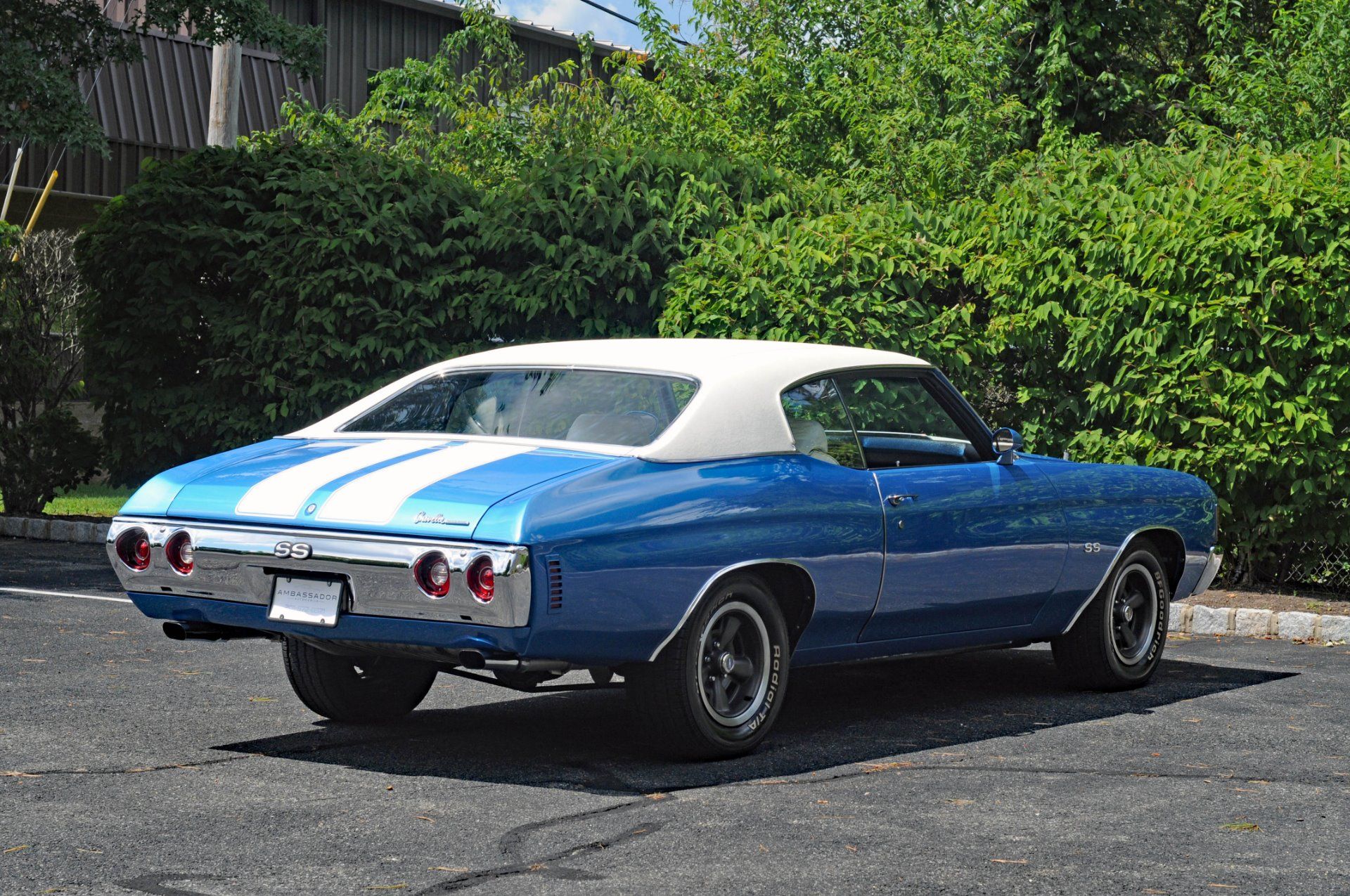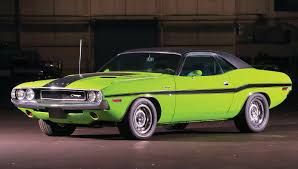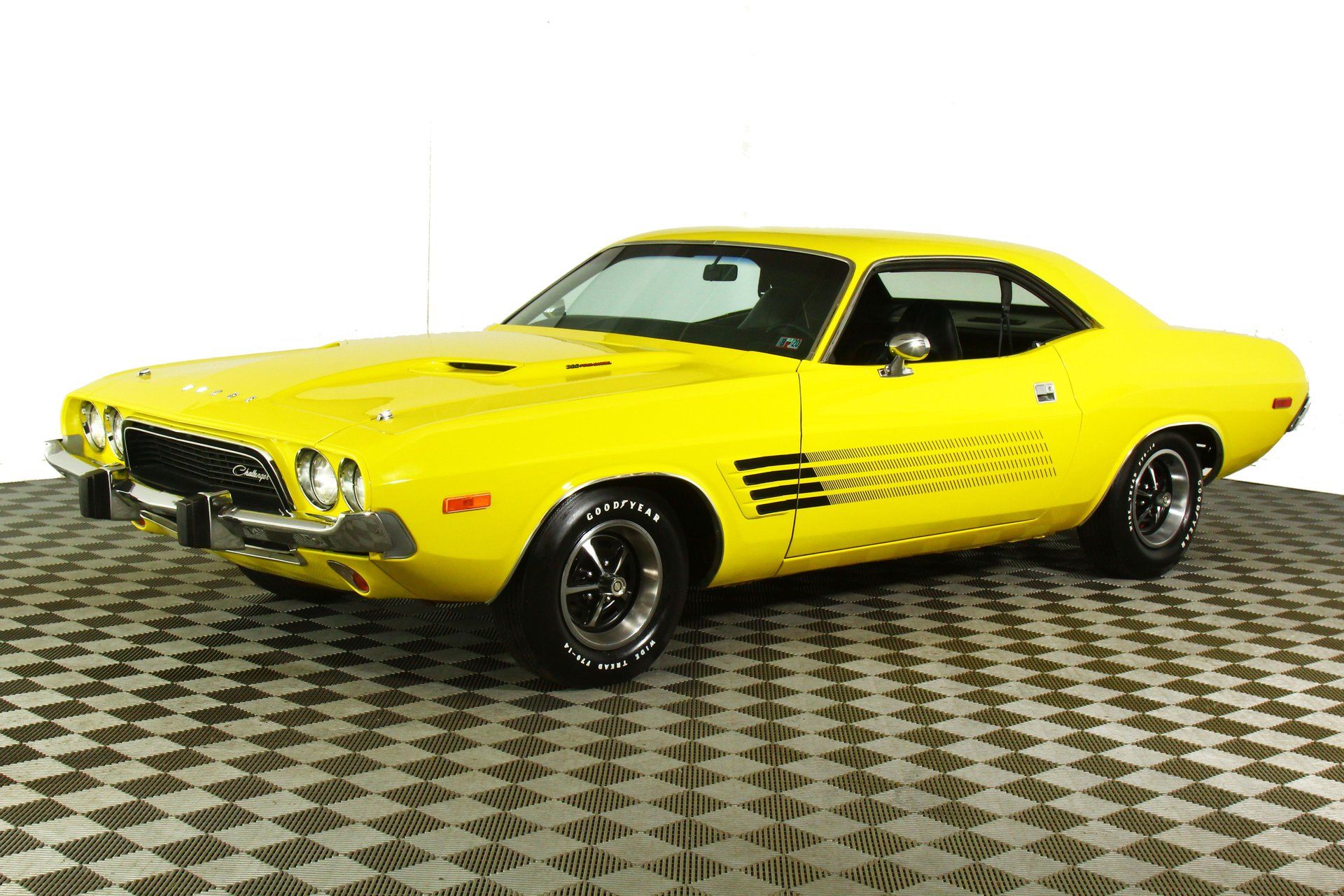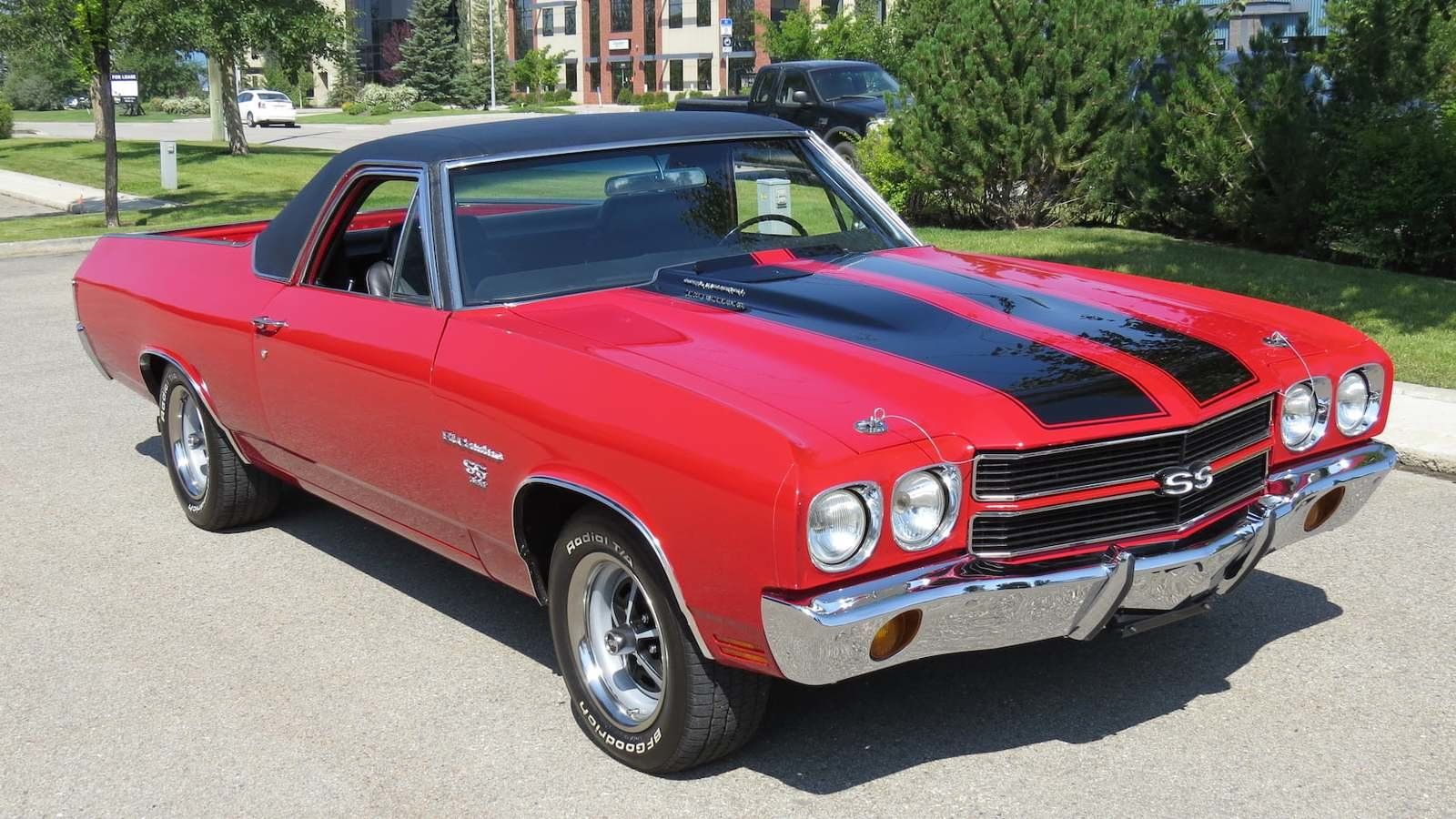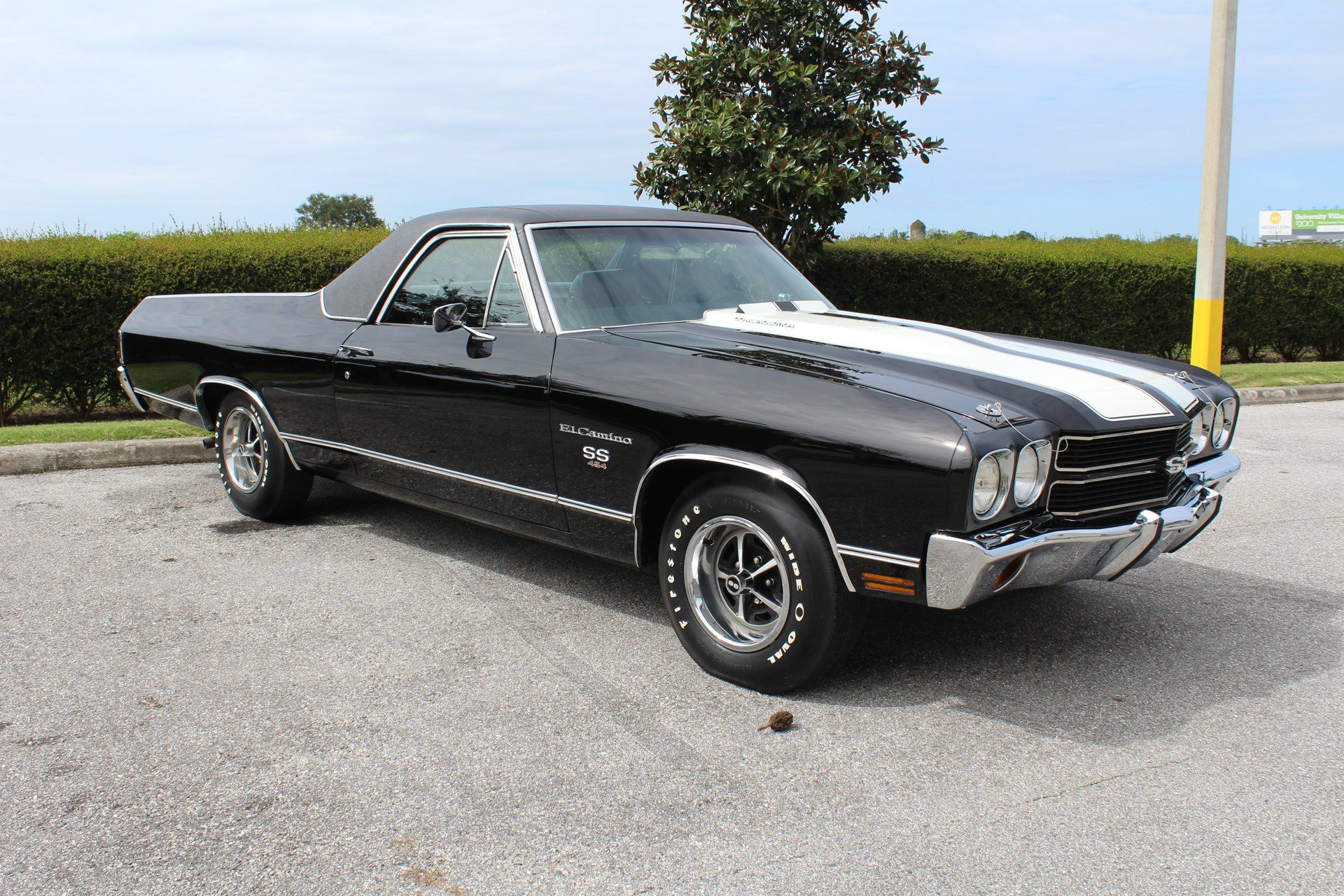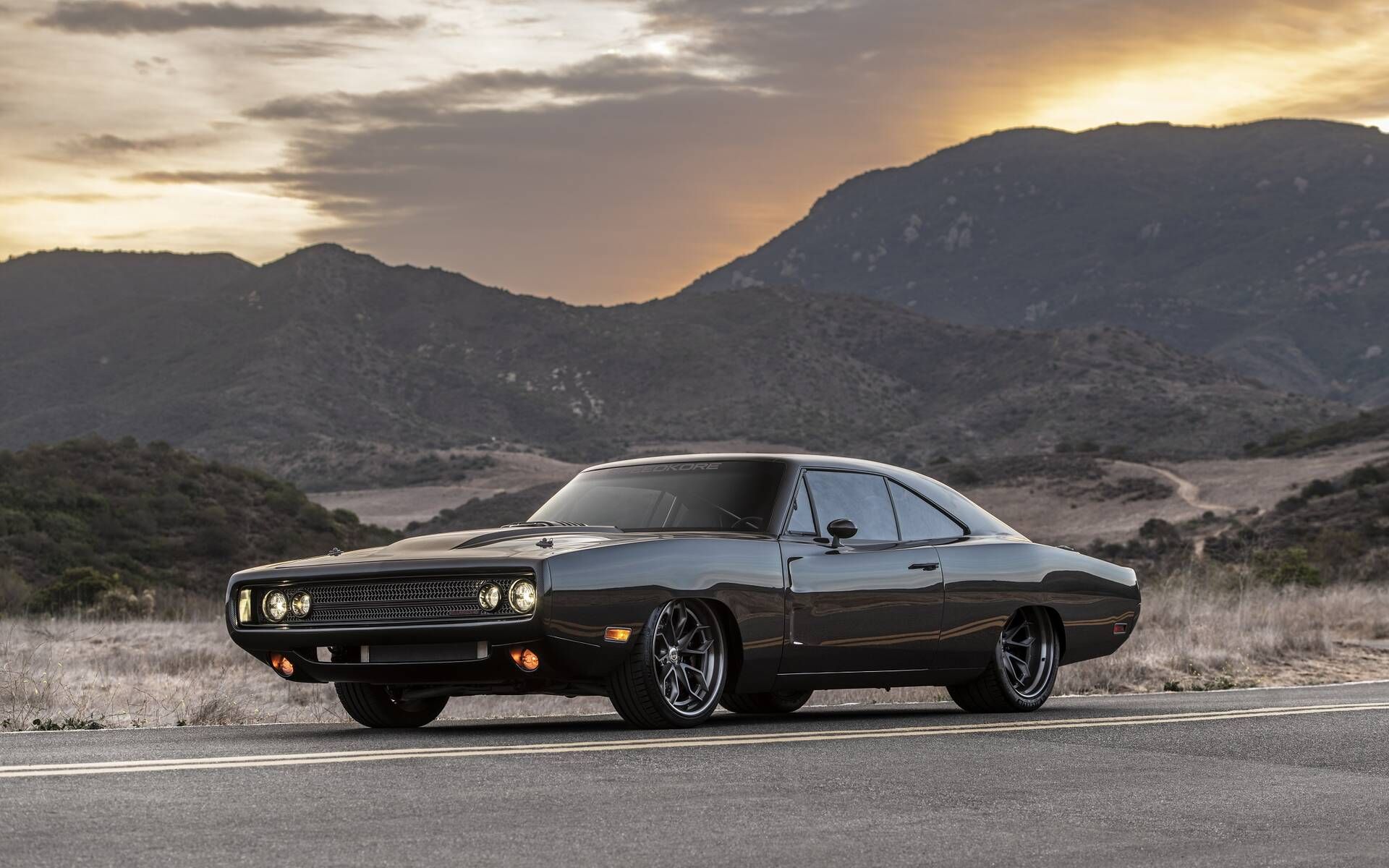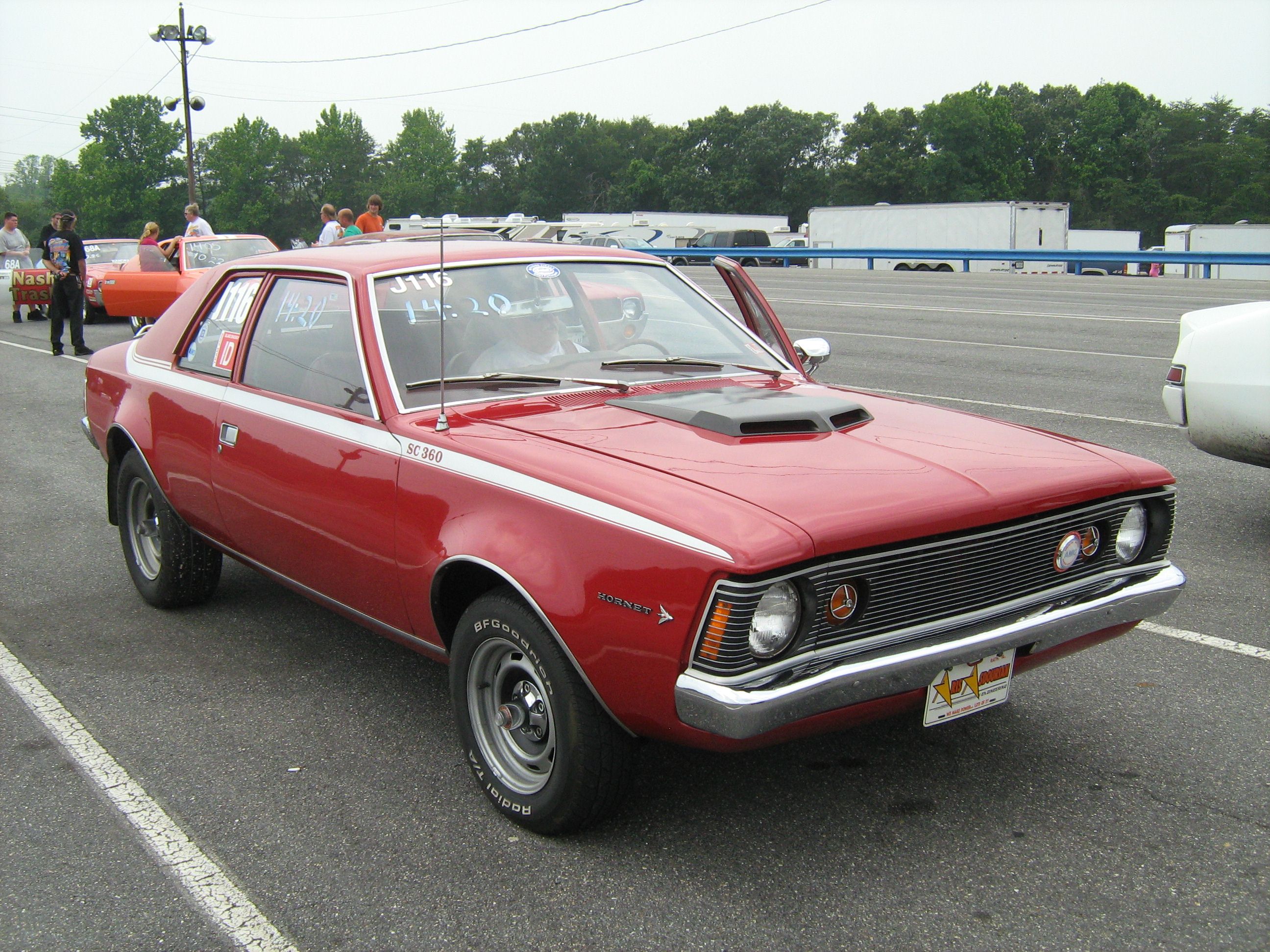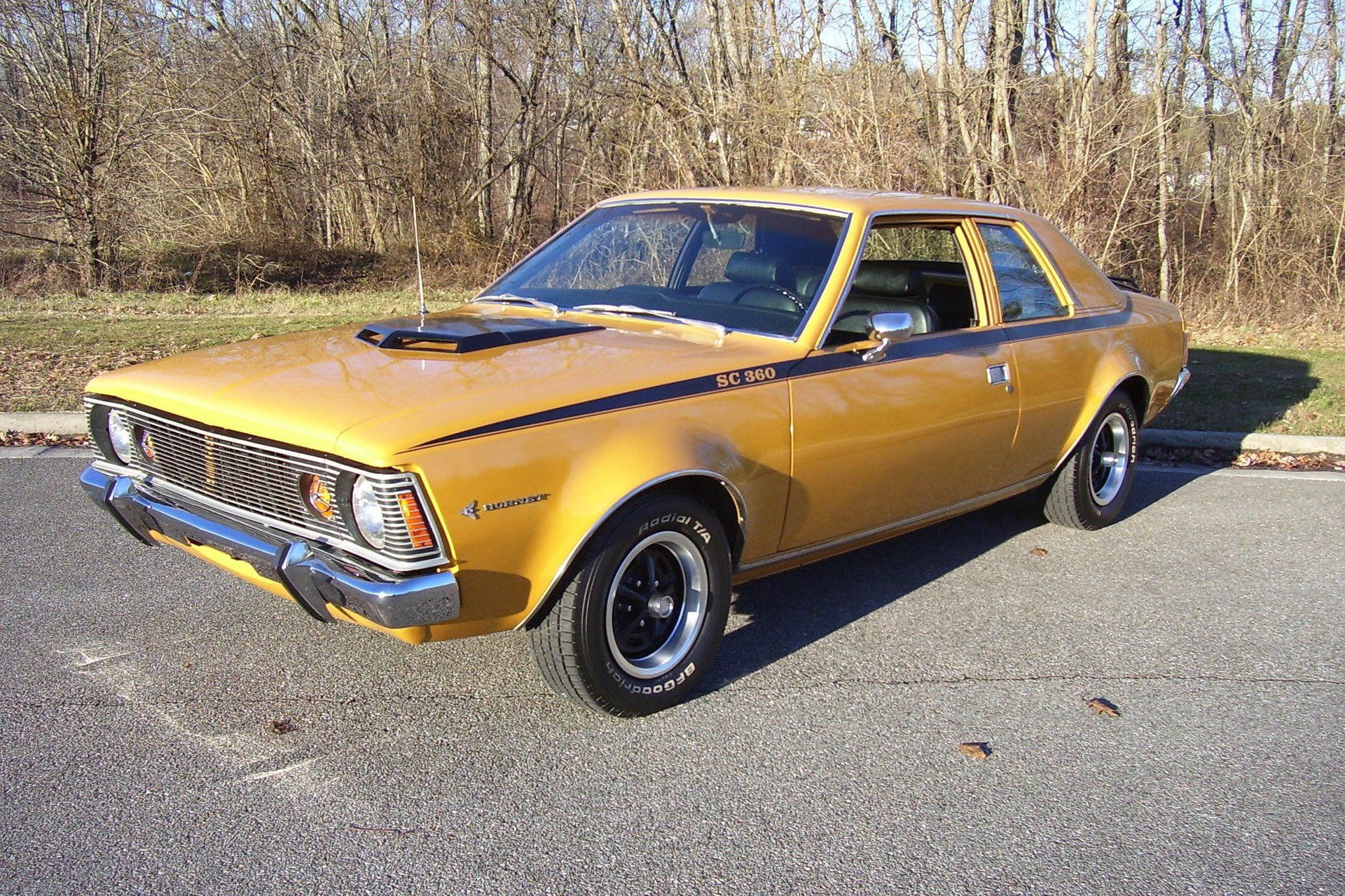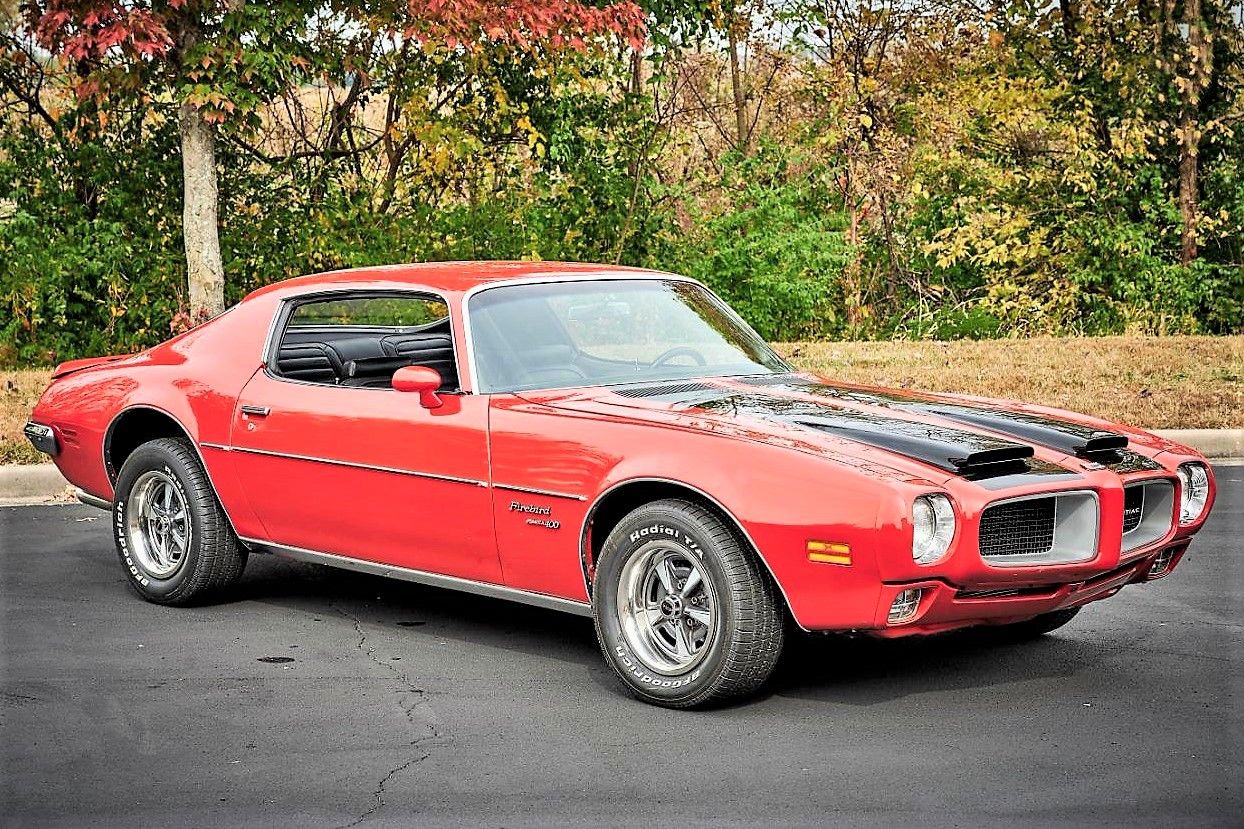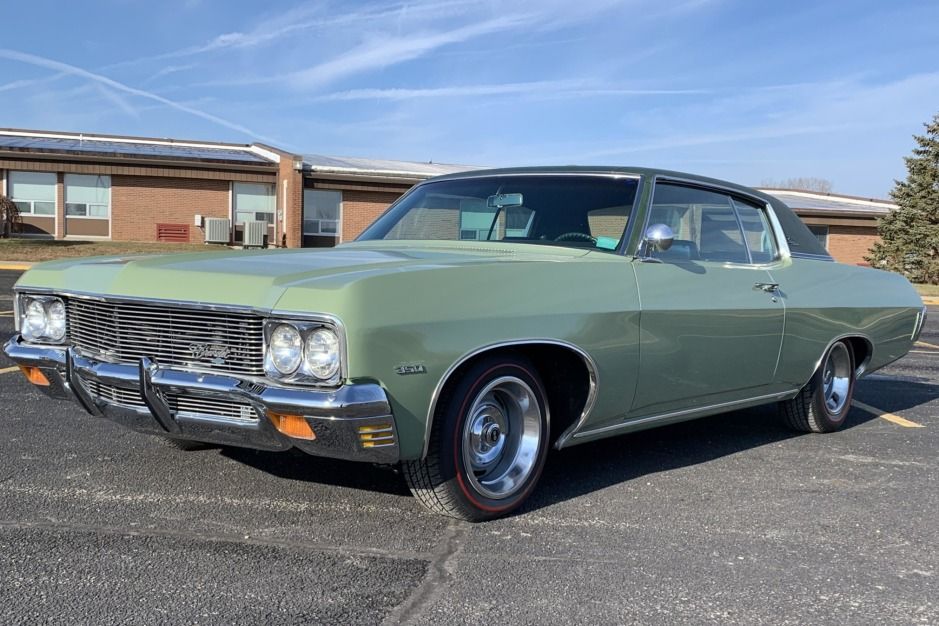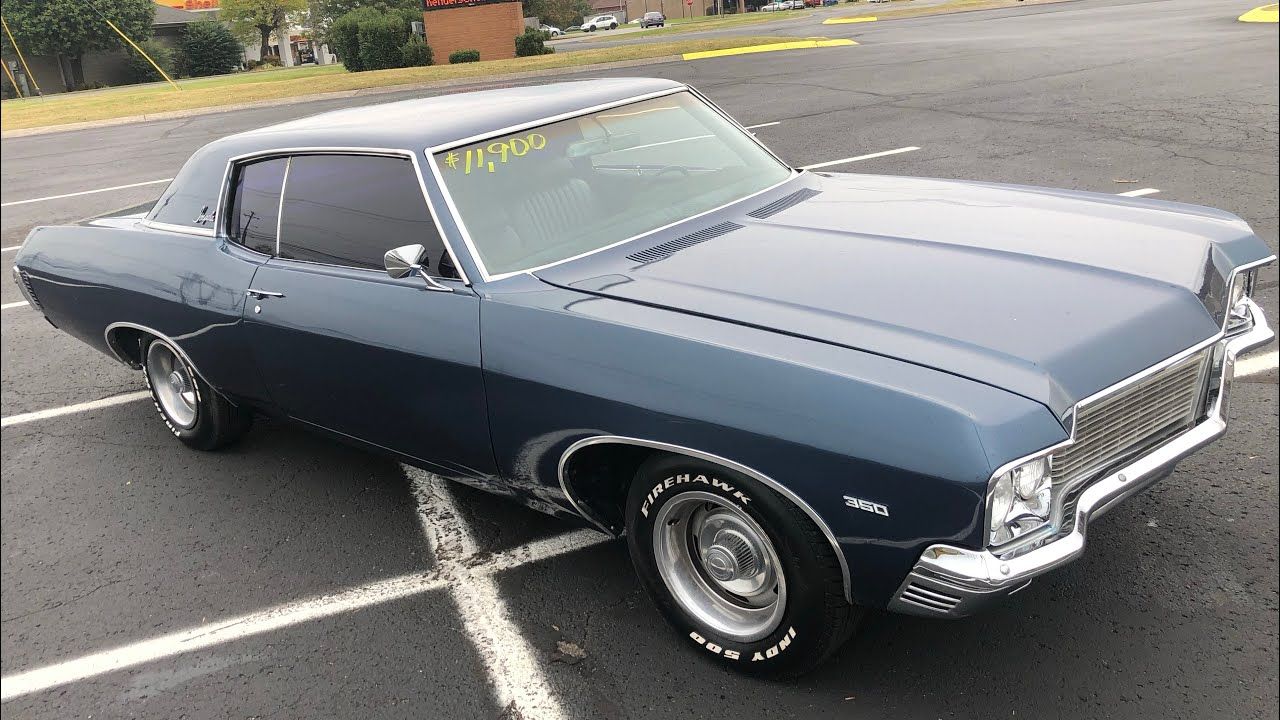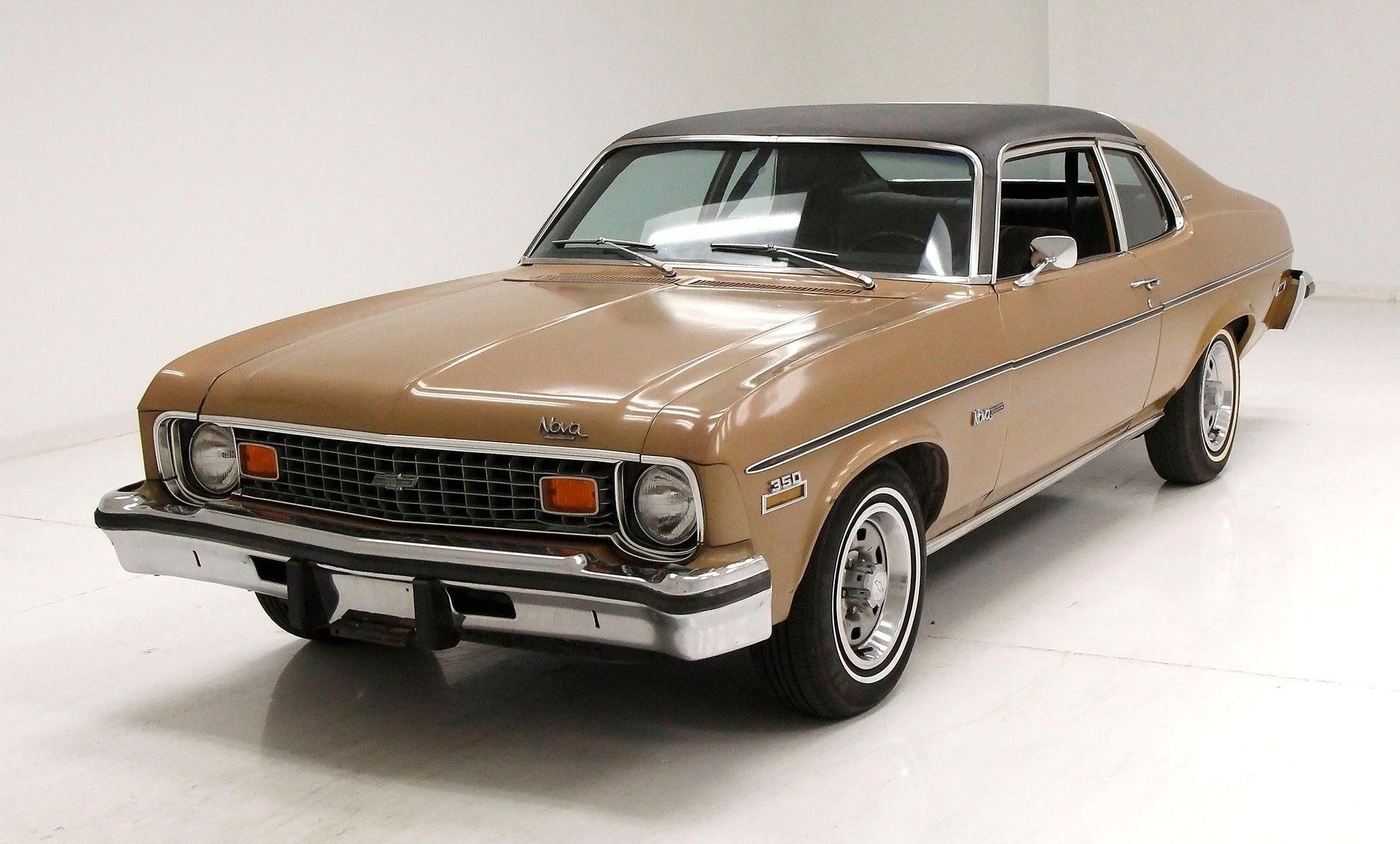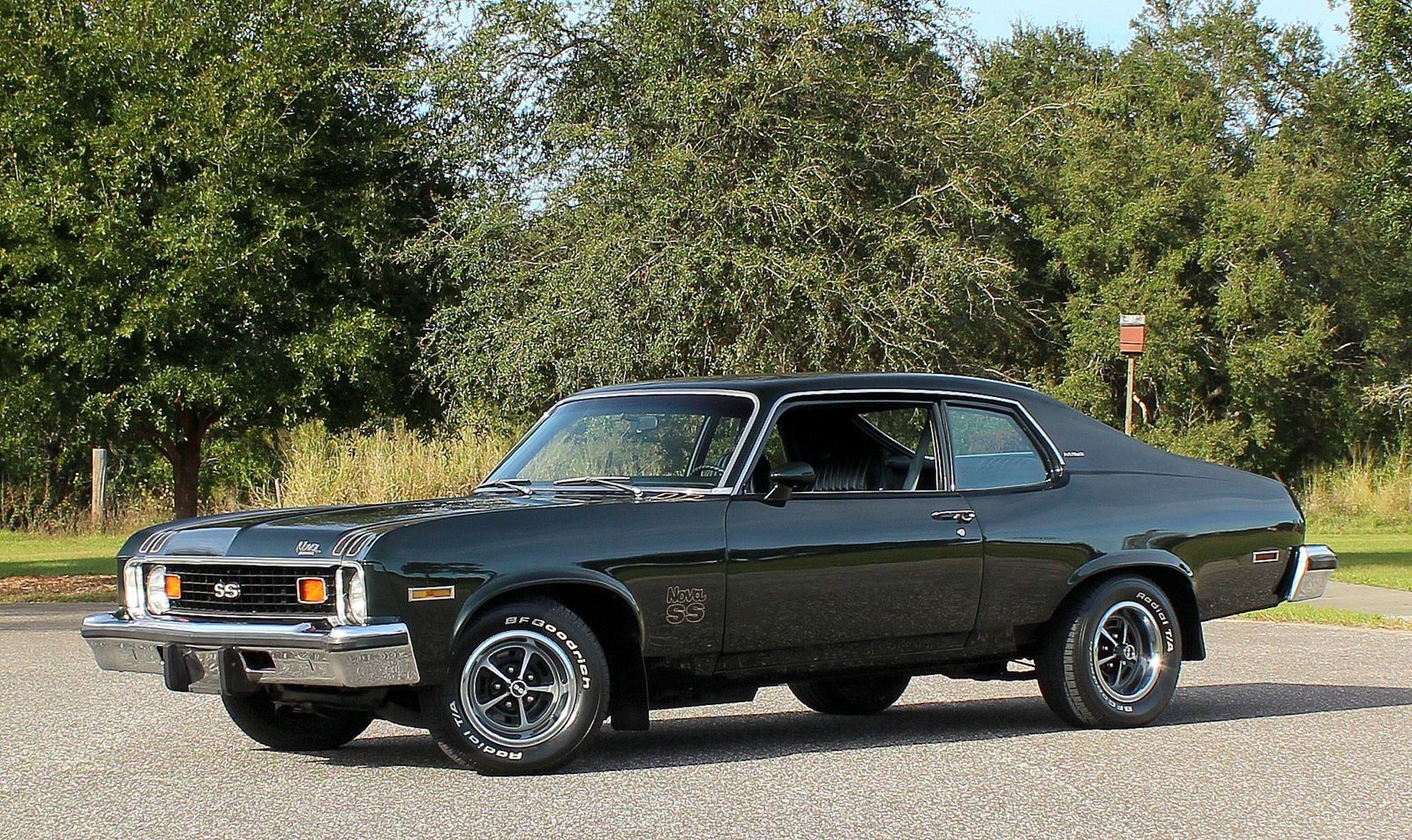Most gearheads dream about coming across a rotting vintage Detroit muscle car, dropping a few hundred dollars on this so-called “pile of junk” and getting back all its lost glory. Unfortunately, this romanticized version doesn’t always happen as visualized. However, an enthusiastic gearhead manages to restore a heralded classic car, they can’t keep calm. They want to show it off to family and friends, they want to steal glances and rule the streets.Not all cars are made the same. Thus, the effort and the investment needed to restore particular cars differ. In the end, however, when the work is done right, you are guaranteed extreme satisfaction, kind of a dream come true. Only passionate gearheads understand the inner beauty of restoring classic cars into a modernized working version.The 1970s provides a very interesting season to pick a vehicle to restore or modify. One of the easiest explanations is that manufacturers in this season built lots of experimental cars that ended up being really solid and influential. The muscle car era was coming to an end and there had been great lessons learned. To get a better glimpse of what this decade gave us, let’s filter through a few models that you may restore and modify for cheap.
10 1965-1970 Ford Mustang
The generation one Mustangs were adored because of their excellent overall design. This era of Mustang decreased developmental costs by using drivetrain, suspension, and chassis components from Ford’s Falcon and Fairlane. This is a huge reason why they’re so cheap to restore and modify. These cars adopted the 1964 Falcon’s unitized platform-type design style.
In 1967 when the Camaro from Chevrolet was coming into play, the Mustang became a bit bigger so that it could hold a 390-cubic-inch engine. This big block produces 325 hp and is a beast when it comes to torque. If you want a convertible, the ’68 Shelby Mustang should be your go-to.
9 1970-72 Chevrolet Chevelle
Chevy’s SS Chevelle was no doubt one of the best muscle cars ever made. You had the SS 454, which was like the garden variety option that gave you 360 hp, and the King Kong option dubbed the RPO Z15, which has a 454-cubic-inch engine that delivers 450 hp.
The small ’72 Chevelles are known to be cheap to modify. Why? For starters, Chevrolet took a lot of time and care to build the car. It wasn’t just another hacked-up race vehicle. The Chevelle’s standard interior design featured a bench seat, no matter the kind of transmission.
8 1970-1974 Dodge Challenger
The 70s Dodge Challenger entered the muscle car space a little late. The Mustang started it all in 1964 and the Chevy Camaro strengthened things more by 1967. With that said, the first generation still took this world by storm. Most of the Challenger options produced during this era were the 340 V8, 318 V8, and the Slant-6 models.
A huge reason why these cars were much cheaper to modify is that Chevrolet decide to go with a small block 360-cubic-inch engine. It reduced the horsepower a great deal but it also reduced the overall size which helped make it more manageable.
7 1970-1972 Chevrolet El Camino SS
This car perfected the small-body/big-block formula. The El Camino SS was very similar to the Chevelles of this time. The windshield forward was interchangeable throughout both generations and they also shared the engines. This is what helps them make them cheaper to modify because most of their spare parts are easily accessible.
Furthermore, the Standard version has a small-block 230-cubic-inch engine that pushes out 230 hp. This is a small engine that isn’t so hard to play around with.
6 1970 Dodge Charger
This car was very similar to the ’69 Dodge Charger that came before it. It was a bit taller because of the different chrome-surround bumper features. It also doesn’t have a center division at the grille. The car came in three models, the R/T, 500, and the base version. The standard version had a 6-slant engine that produces 145 hp. This was the most affordable to modify out of all of them.
The 1970 Dodge Charger showcases Chrysler’s de-contenting. This is what helped differentiate the interior of the second generation. For example, this was the first time Dodge Challengers had a front bench seat feature, though you could still get the ones with bucket seats.
5 1971 AMC Hornet SC/360
The 1971 AMC Hornet wasn’t your typical muscle car. In fact, some considered it more like an economy car during that time. Spare parts were easily available and it didn’t have complicated interiors. This is a huge reason why it wasn’t hard nor was it expensive to modify.
This car packed a measly 232-cubic-inch, inline-6 engine. In addition, the fact that the car had such modest credentials meant that it was also cheap to insure. During the muscle car era, this car was more like a reliable daily driver. The fact that it's considerably basic means that it won’t take a lot to modify and upgrade.
4 1971–75 Ford Maverick Grabber
The Ford Maverick came right after the Mustang. When it comes to modification, one of the hardest things with the Maverick Graber is its disassembly. It’s easy to accidentally damage some parts. However, besides that, it’s a rather affordable and easy car to upgrade because of its easily accessible spare parts.
For example, if you can’t find NOS parts, there are so many other high-quality alternatives that are very easy to source. With that said, even though the Maverick was so popular during its time not many of them survived through the ages.
3 1970s Pontiac Firebird
The 1973 Firebird is the fastest of the 70s Firebirds. The street-legal version of the Firebird can do a quarter-mile in about 13 seconds. That was extremely fast in the 70s. This supercar has a one-dimensional appearance but it also has what you’d expect muscle cars from this era to have.
When it came to sporty muscle cars, only the Firebird and Javelin offer a 351-cubic-inch engine. Big block engines aren’t new to Pontiac. They’re what these cars were known for.
2 1970 Chevrolet Impala SS
The fourth-generation Impala is a full-sized muscle car that Chevrolet produced from 1965 to 1970. The 1970 Impala was modified a bit and features a more conventional bumper feature under the car’s grille. This replaced the wrap-around design that was on the ’69 Impala.
The car sits on 15-inch wheels with fiberglass-bellied tires and has a small block 350-cubic-inch V8 engine the gives you the standard 250 hp. This small-block engine made modifications more affordable because it wasn’t as big as what’s found in the other versions of this model. Furthermore, you could only get these 6-cylinder engines on this model.
1 1974 Chevrolet Nova
This is another muscle car that features the popular front bench seat aesthetic. This car was also known for being an economical and dependable vehicle during the muscle car era. Its spare parts were easily accessible which helped make both modifications and upgrade projects a lot cheaper.
Another reason why it doesn’t take so much to modify is that, just like many of the cars on this list, it has a small-block, 250-cubic-inch, 6-cylinder engine as well. This is a considerably small engine and relatively easy to manage. The only downside of this car is that the bench seats can get really hot and uncomfortable during the hot seasons.

